This week, I’m excited to share a small guide on grains. While I don't consider myself a grain expert, I do have some knowledge about growing and using various types of grains. I am sharing my experience of how I began sowing seeds in my tiny garden in Cambridge. Watching these seeds transform into plants, later into new grains and then milling and baking with them has given me a profound appreciation for grains and a deep sense of fulfilment.
I am reading: Mejor oler a mar by Ana Luisa Islas, an essay on the gastronomic cultural apropiation. I finished it in a few hours! and I started Wild Chocolate, Across the Americas in Search of Cacao's Soul by Rowan Jacobsen. I have been to Bolivia and all the stories he tells remind me of that beautiful trip and has make me want to take a flight in search of wild cacao.
I am listening to: Necesito Poder Respirar: La vida de Jorge Gonzáles, a biographical podcast that explores the life of a chilean icon. An artist who left a cultural legacy essential to understanding mu country (in spanish).
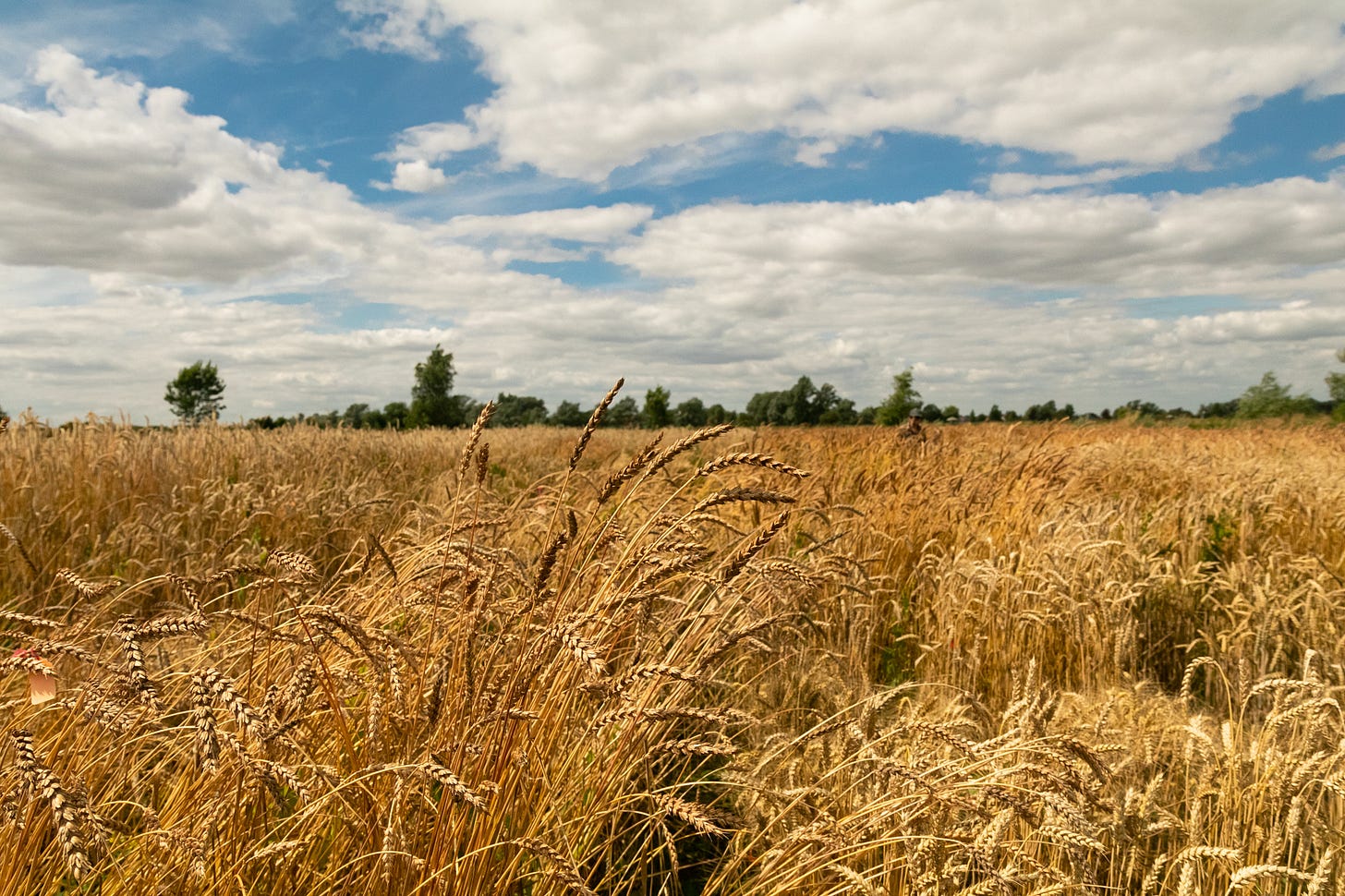
My journey to discover wholegrain baking
I often find myself thinking about food (maybe too much), which is why I started considering the role of flour as an ingredient. In baking and pastry, we use a significant amount of flour, but many of us, bakers and cooks, don’t stop to think about its origin or whether it contributes flavour and nutrition to our dishes. When I studied in France, the only considerations regarding flour were its type—T45 or T65 (which refer to their mineral content—and protein content, a.k.a. gluten), which determines its suitability for bread or pastries. That was typically as far as the discussion went.
For many years I cooked without giving much thought to flour, just looking for gluten amounts. This, was until I met Mahala. Mahala was my first friend in Cambridge 💛and she introduced me to a world where flour is of the essence. In the late summer of that year, I attended a field-to-loaf workshop at Waterland CSA where we harvested rye with a sickle. Heron Holmes and Nick Fradgley had cultivated a wide variety of population1 grains. We used a bicycle-powered thresher and grain winnower, and with the help of a Mock Mill, we milled the rye and baked our loaves in an earth oven they had built that summer. Later that year, in autumn, I was sowing seeds in my tiny garden with Mahala. We sowed Maris Widgeon Wheat seeds, a Cambridge variety.
I joined the East Anglia Grain Alliance, visited Wakelyns Farm in Suffolk, and met like-minded bakers, millers, and farmers interested in changing our food system through grains. But why? And how? Why does it matter?
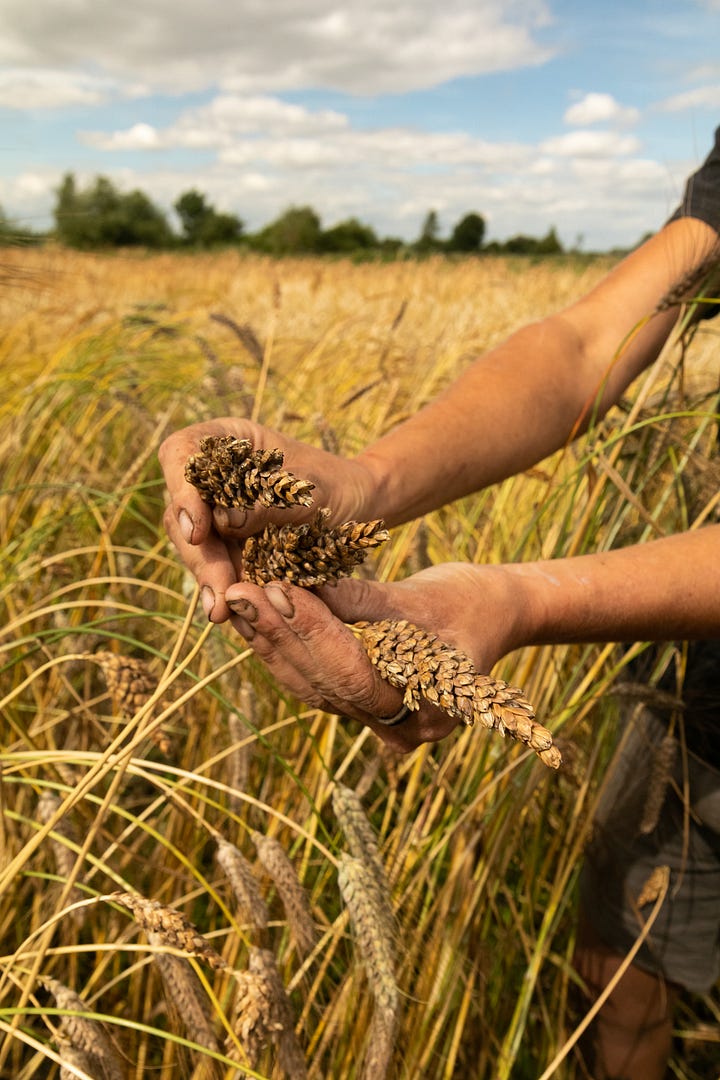
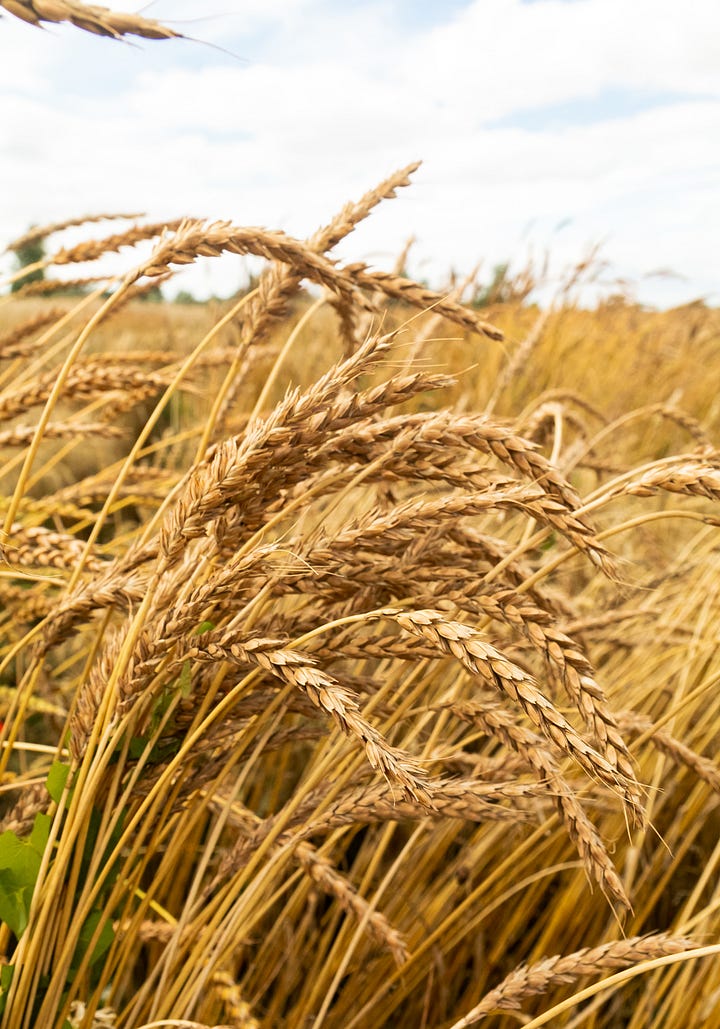
Can Wholegrain Flours Change Our Food System?
Currently, agricultural biodiversity on our plates is less than ever. While there are more than 30,000 species of edible plants, globally we only eat 30 of them. Furthermore, 75% of the calories we consume come from just 12 plants and 5 animals. In 2019, the UN published a global biodiversity report2. In this report, they establish that nearly one million plants and animals are in danger of extinction or are already considered practically extinct. These losses are a threat to the preservation of our ecosystems and the survival of our cultural traditions and our communities. What we put on our table has very important repercussions not just for our health but for the planet’s health.
Whole grain flours offer a variety of flavours, help regenerate our soil, support local communities and farmers, and promote a circular economy, all while contributing to food sovereignty. In contrast, white flour is highly processed and sold in a commodified market. White flour lacks flavour and character, is primarily produced through monoculture farming practices that deplete the soil and has contributed to environmental damage by companies that have exploited it for centuries.
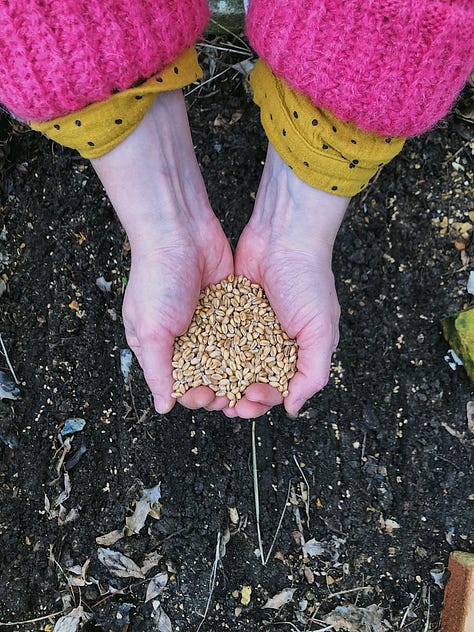
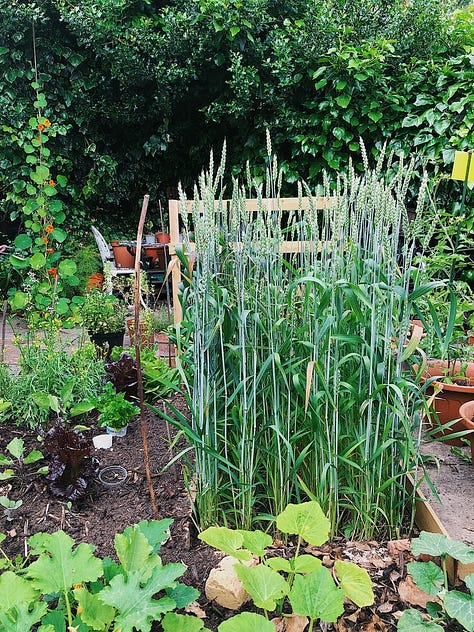
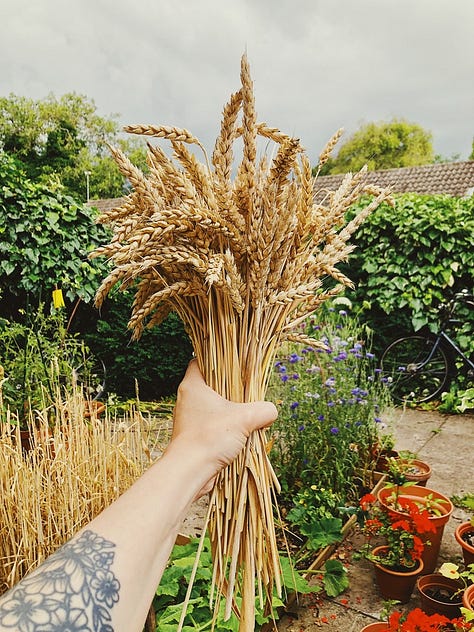
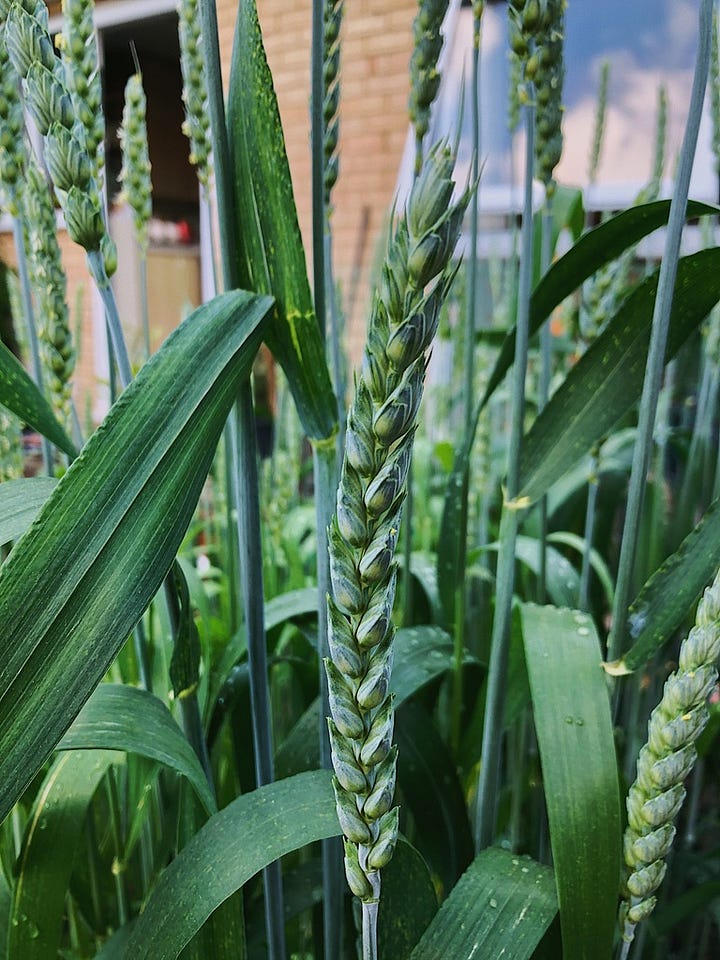
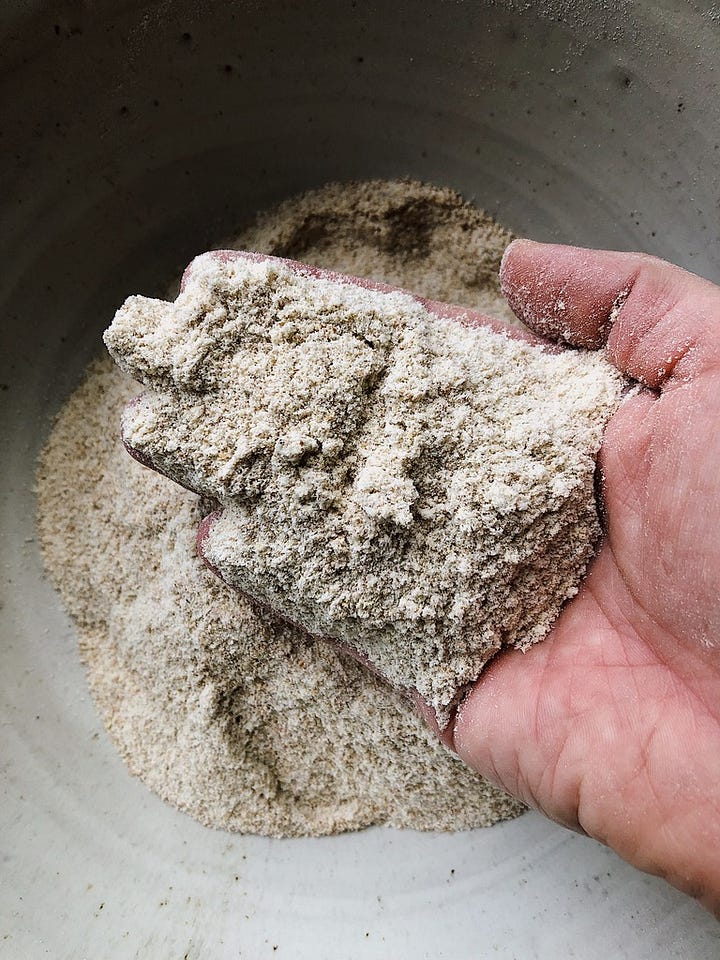
Commodified food systems take away value from the farmer, and producers, from people like me and you. Food is not only about your knowledge of cooking and techniques, food should tell a story. The story I want to tell is about resiliency, about humans taking care of their fields, of the soil beneath our feet, of sustainability and creativity. While it is easier to go with the state of affairs and keep relying on white flour, using different grains is jumping to the unknown and unexpected, pushing you to develop a new set of skills. I want to use these new skills that I have developed to improve our food system, to question things and to make a positive impact in my community.
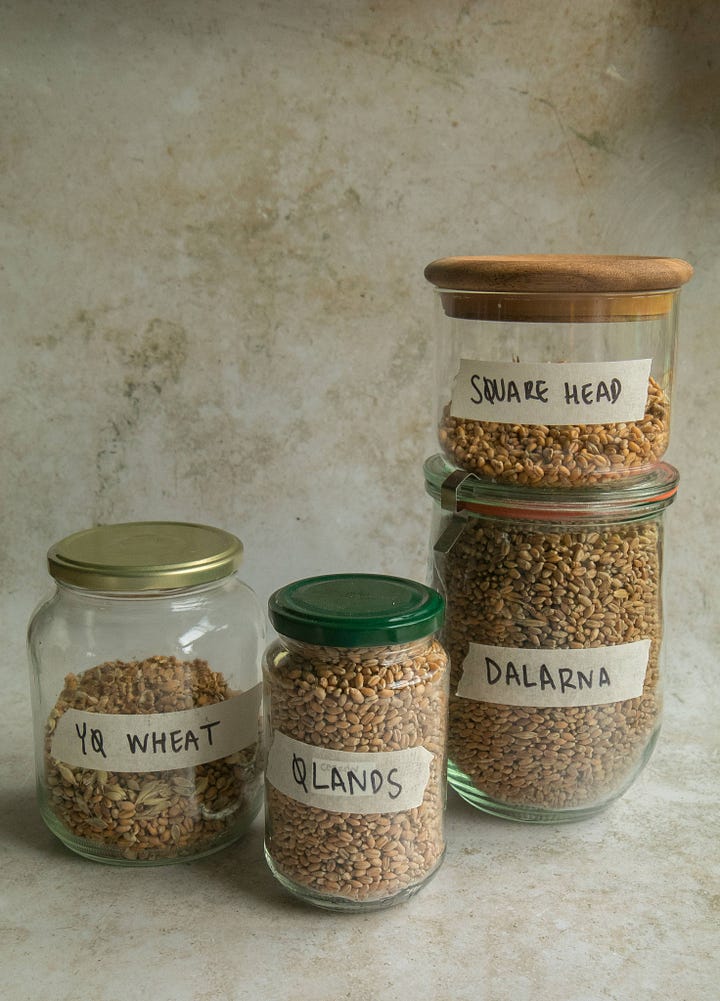
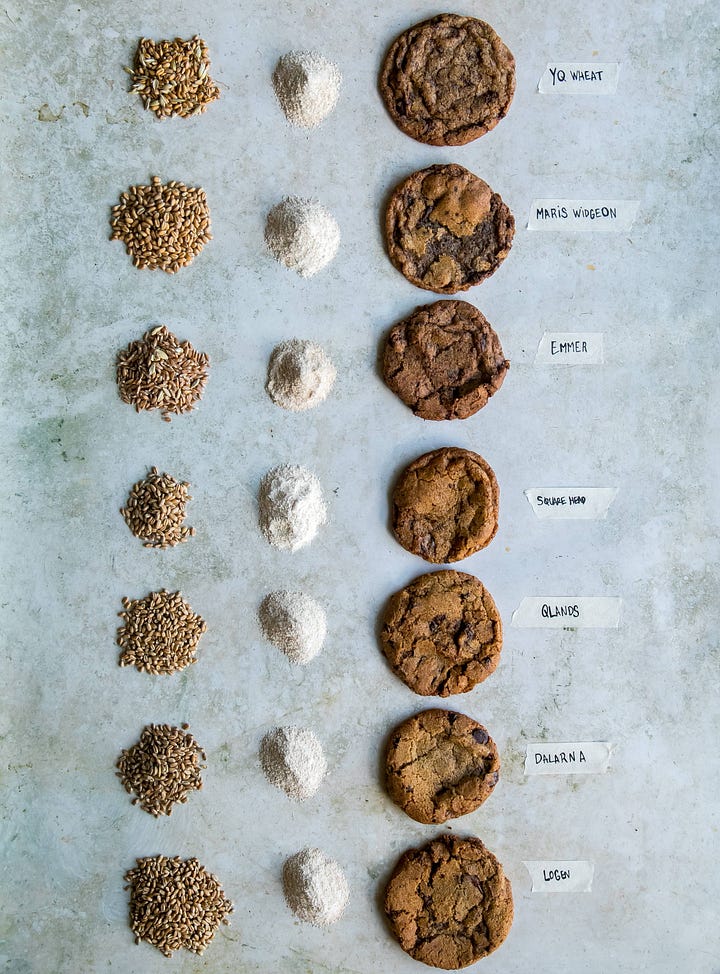
Grain Resources
Real Bread Campaign - From 15 to 23 February 2025, it's time for people to BAKE Real Bread, BUY Real Bread and BOOST the Real Bread Campaign! Find out how to get a slice of the action.
Farmerama Podcast - series Cereal and Good Bread
A small flour guide to get you started
Heirloom Grains (Emmer, Farro, Spelt, Einkorn, Ølands, Amaranth and Quinoa…)
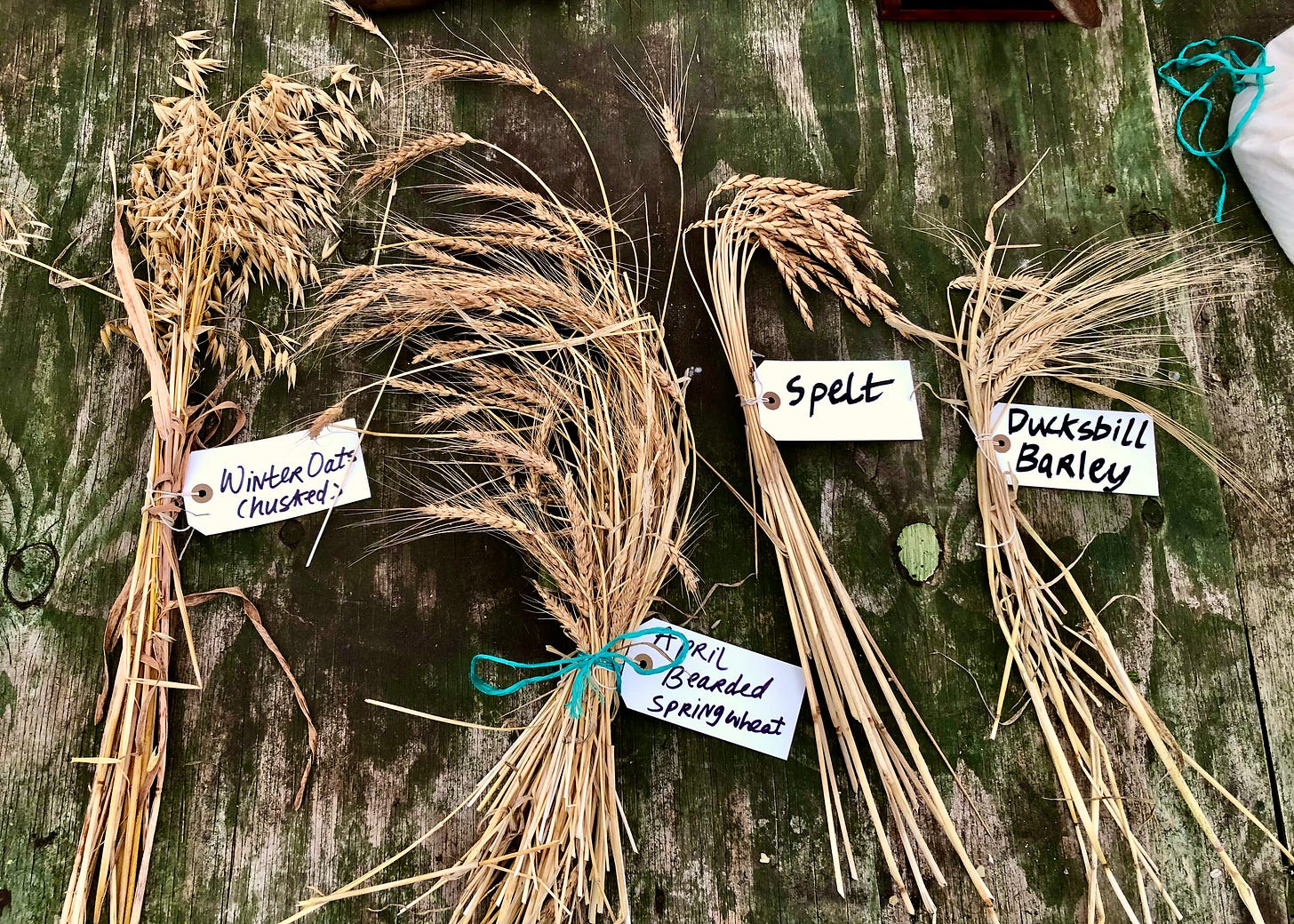
Keep reading with a 7-day free trial
Subscribe to Latina Cooking to keep reading this post and get 7 days of free access to the full post archives.


